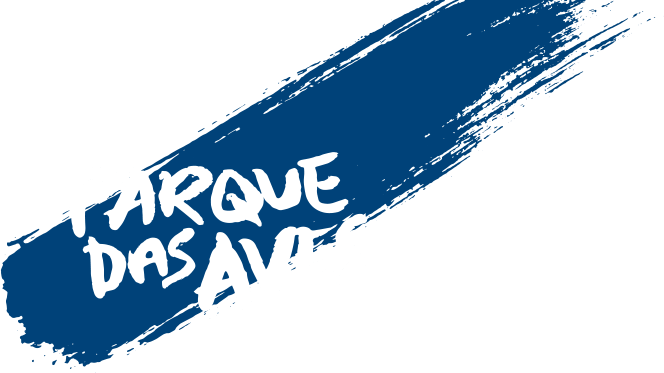
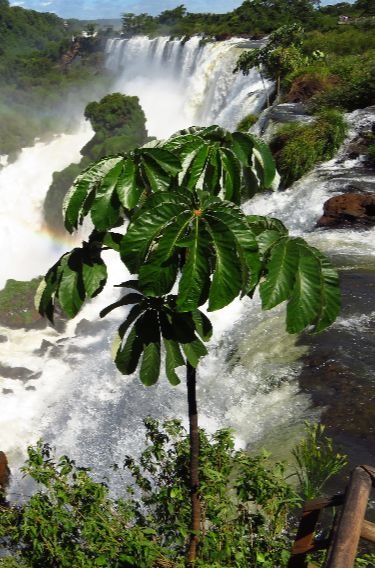

CECROPIA
Cecropia was the name chosen for the two new immersion aviaries of Parque das Aves, which are being built side by side in the middle of the trail. They will be the two largest nurseries in South America, measuring half a hectare in total. They will house parakeets and toucans, the majority rescued from trafficking and illegal trade.
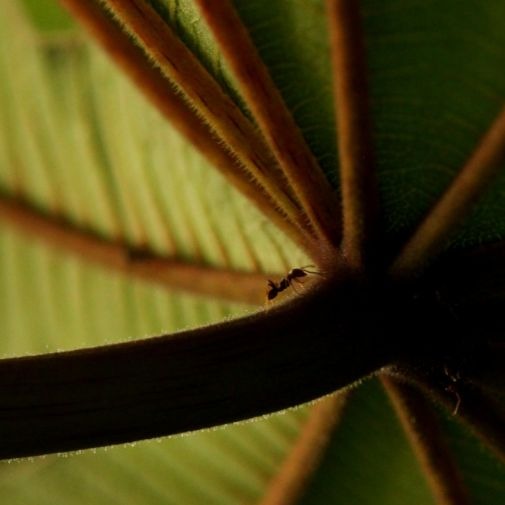
 |
CECROPIA |

Cecropia was the name chosen for the two new immersion aviaries of Parque das Aves, which are being built side by side in the middle of the trail. They will be the two largest nurseries in South America, measuring half a hectare in total. They will house parakeets and toucans, the majority rescued from trafficking and illegal trade.
Images of the planning and structural development phases of the Cecropia aviaries.
(Video: Carmel Croukamp)
Choosing the name of the aviary
All Parque das Aves immersion aviaries are inspired by birds or environments of the Atlantic Rainforest: The Little Brown Ones has birds that inhabit mainly the forest floor of the Atlantic Rainforest; Birds of River and Mangrove is full of waterbirds or the ones that live on the forest edge; and the Macaws Aviary contains almost 100 macaws, as well as parrots and parakeets. And the Butterfly House is full of these charming insects.
In this sense, the name of the two new immersion aviaries that Parque das Aves will open in December 2019 may seem a little challenging: Cecropia. What is a Cecropia?
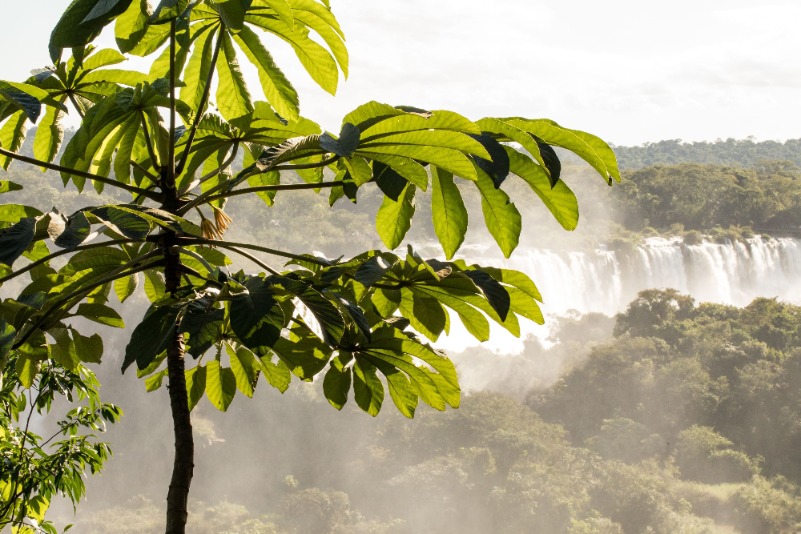
The pioneer Cecropia tree needs a lot of sun to develop.
(Photo: Peter Marting)
The symbiosis relationship between the Cecropia tree and the Azteca ant is beneficial for both species.
(Video: Peter Marting)
Cecropia is the scientific name of a very special tree for the Atlantic Rainforest: the Cecropia tree (Cecropia Sp.). It is a pioneer tree, that is, the first to grow in degraded areas, resistant to strong sun and able to develop even in areas of nutrient poor soil. As a pioneer, it plays a key role in forest regeneration, as it enables other plants and trees to grow in its shade, in addition to feeding birds and mammals, which disperse their seeds. In addition, it lives in symbiosis with an ant species of the genus Azteca, creating together a perfect ecosystem.
In the new aviaries, you will be able to check closely the interaction of several species of parakeets of the Atlantic Rainforest with the Cecropia tree, and can feed them by hand. You’ll also learn more and see for yourself how the Azteca ants live inside this amazing tree and defend it against predators. In addition, the aviary will also have a colony of leaf-cutting ants, which use Cecropia leaves to feed their fungi.
The toucans are the highlight of the Cecropia aviaries, considered forest gardeners for dispersing seeds and working in the reforestation of degraded areas, as well as the Cecropia trees. You’ll get close to these amazing birds and learn more about them.
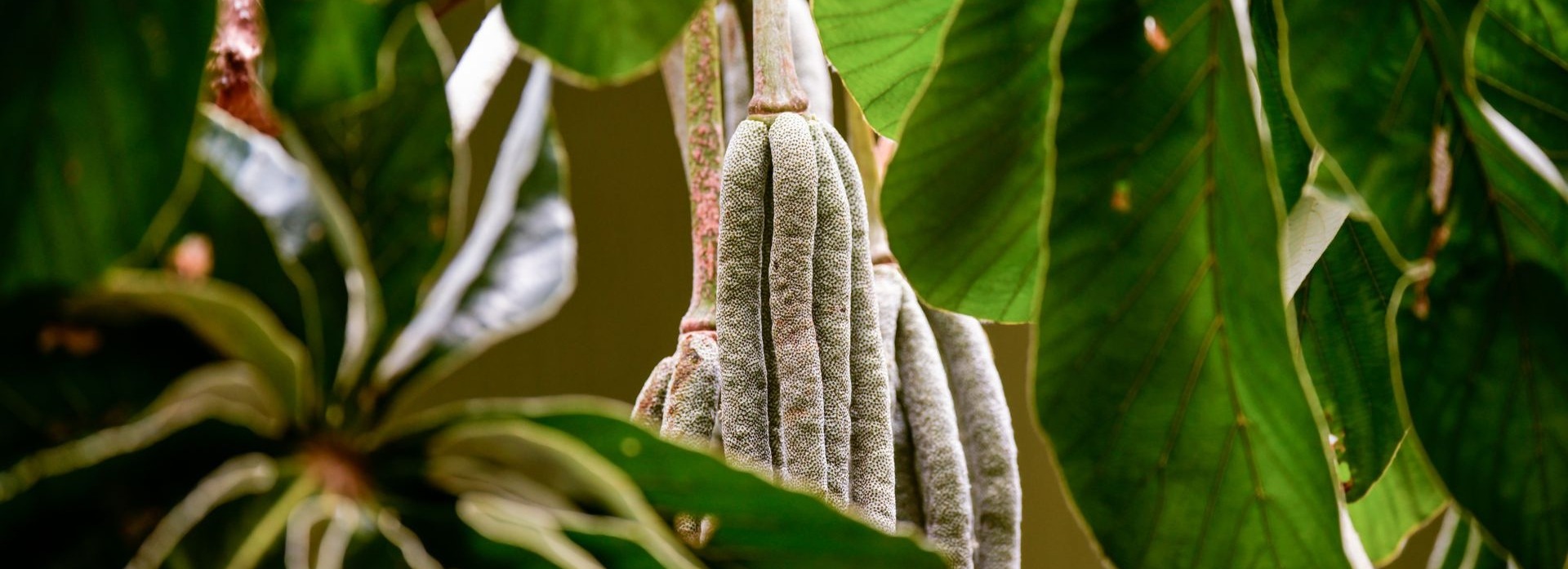
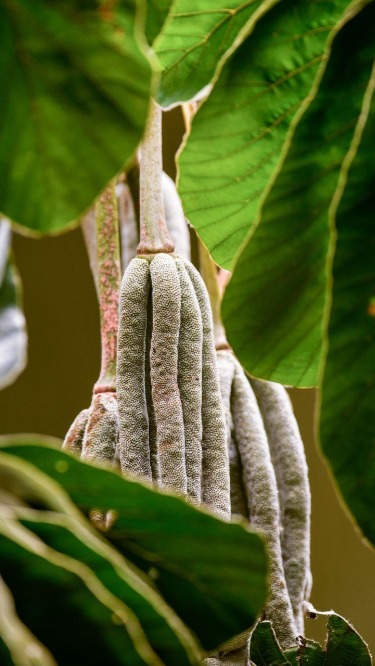
Taking care of every detail
Like all aviaries in Parque das Aves, Cecropia is being built in an integrated way, without access to the street and handcrafted to preserve the forest, creating an ecologically deep experience for birds and visitors. The purpose is to restore and not to degrade. All with technology, planning and execution developed by the highly qualified professionals from Parque das Aves, engaged in saving species from the Atlantic Rainforest.
 Every day from 8:30am to 4:30pm
Every day from 8:30am to 4:30pm Prices
Prices


